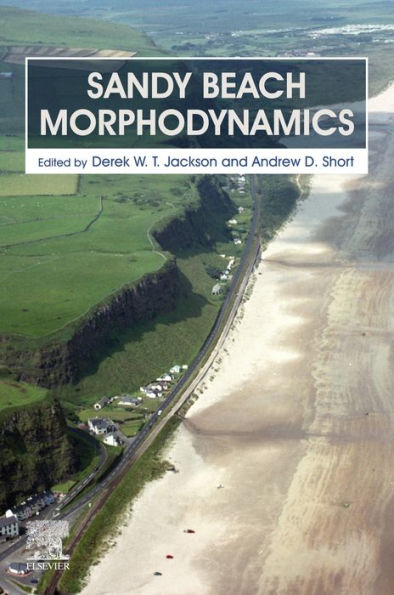Sandy beaches represent some of the most dynamic environments on Earth and examining their morphodynamic behaviour over different temporal and spatial scales is challenging, relying on multidisciplinary approaches and techniques. Sandy Beach Morphodynamics brings together the latest research on beach systems and their morphodynamics and the ways in which they are studied in 29 chapters that review the full spectrum of beach morphodynamics. The chapters are written by leading experts in the field and provide introductory level understanding of physical processes and resulting landforms, along with more advanced discussions.
- Includes chapters that are written by the world’s leading experts, including the latest up-to-date thinking on a variety of subject areas
- Covers state-of-the-art techniques, bringing the reader the latest technologies/methods being used to understand beach systems
- Presents a clear-and-concise description of processes and techniques that enables a clear understanding of coastal processes
Sandy beaches represent some of the most dynamic environments on Earth and examining their morphodynamic behaviour over different temporal and spatial scales is challenging, relying on multidisciplinary approaches and techniques. Sandy Beach Morphodynamics brings together the latest research on beach systems and their morphodynamics and the ways in which they are studied in 29 chapters that review the full spectrum of beach morphodynamics. The chapters are written by leading experts in the field and provide introductory level understanding of physical processes and resulting landforms, along with more advanced discussions.
- Includes chapters that are written by the world’s leading experts, including the latest up-to-date thinking on a variety of subject areas
- Covers state-of-the-art techniques, bringing the reader the latest technologies/methods being used to understand beach systems
- Presents a clear-and-concise description of processes and techniques that enables a clear understanding of coastal processes

Sandy Beach Morphodynamics
814
Sandy Beach Morphodynamics
814eBook
Related collections and offers

Product Details
| ISBN-13: | 9780081029282 |
|---|---|
| Publisher: | Elsevier Science |
| Publication date: | 05/19/2020 |
| Sold by: | Barnes & Noble |
| Format: | eBook |
| Pages: | 814 |
| File size: | 76 MB |
| Note: | This product may take a few minutes to download. |
